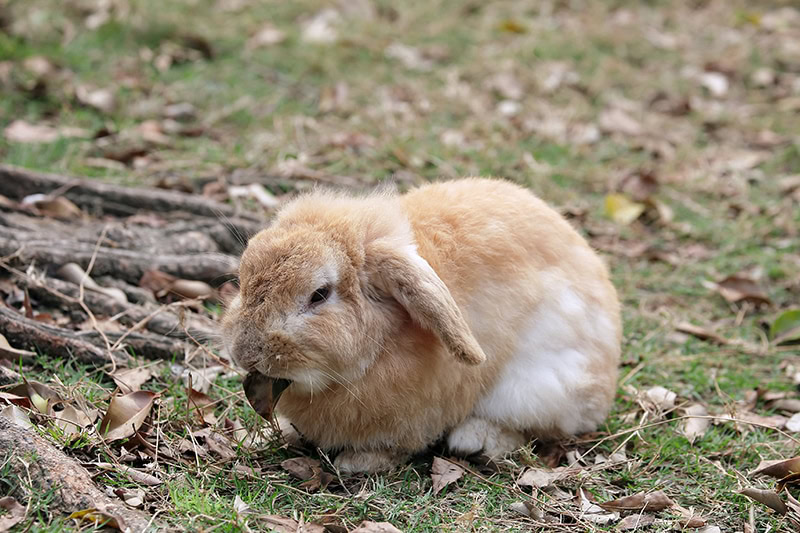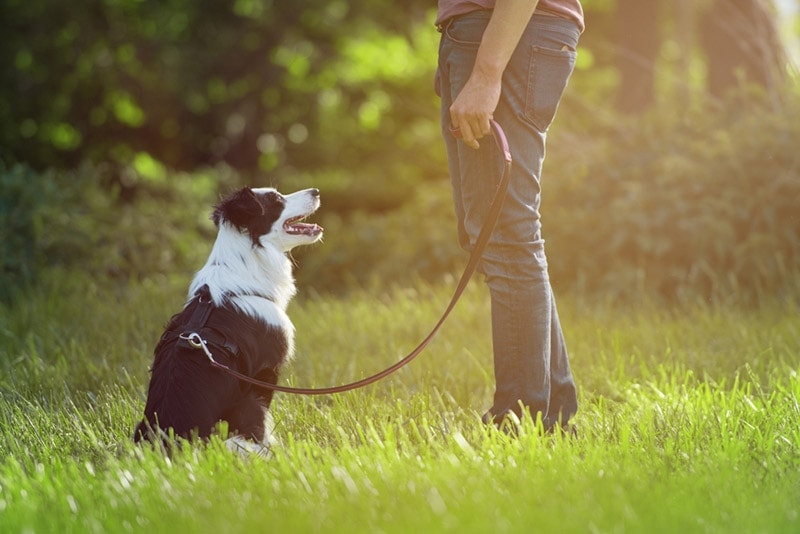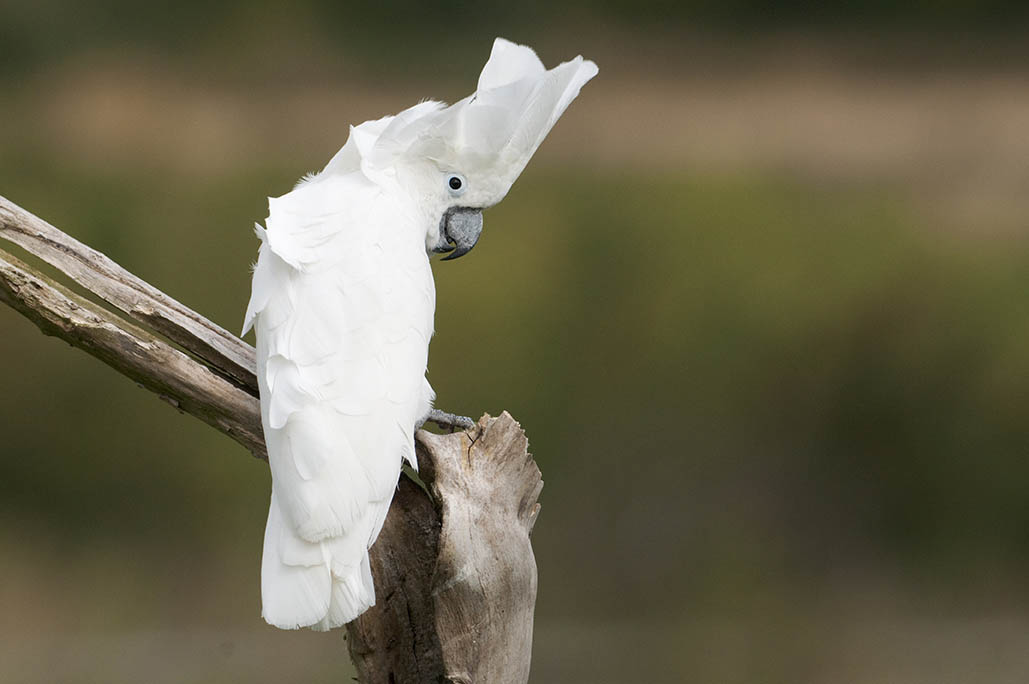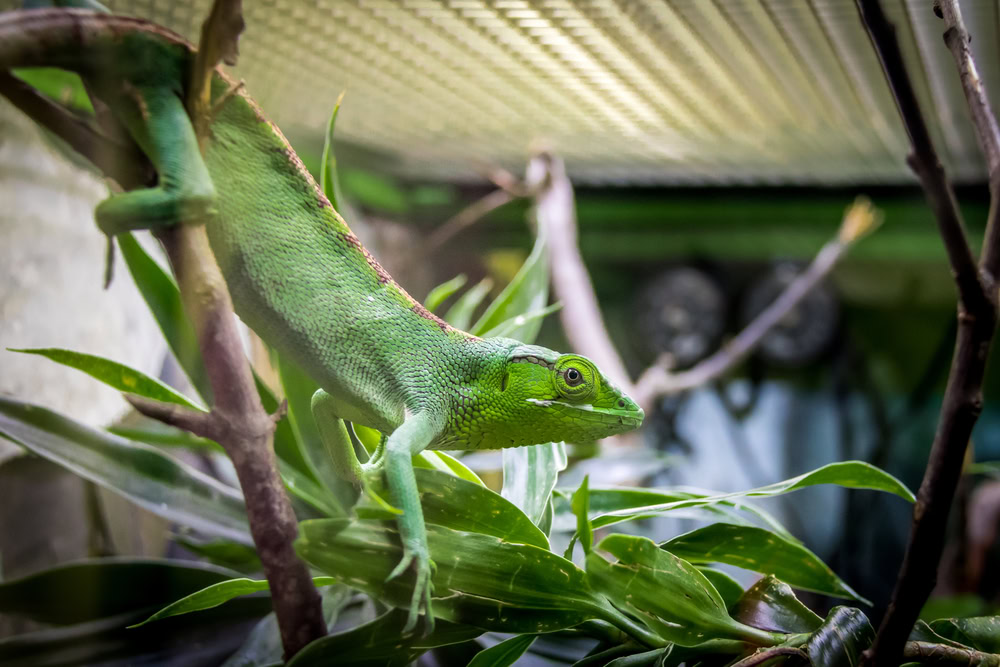VET APPROVED

The information is current and up-to-date in accordance with the latest veterinarian research.
Learn more »Click to Skip Ahead
According to the American Rabbit Breeders Association (ARBA), all domestic rabbits have one of five different body profiles.1 There are further specifications within each, but these are the ones that you’ll hear about the most often if you plan on showing your rabbit.
Read on to learn more about the five different body types to determine which kind your rabbit has.

The 5 Rabbit Body Types
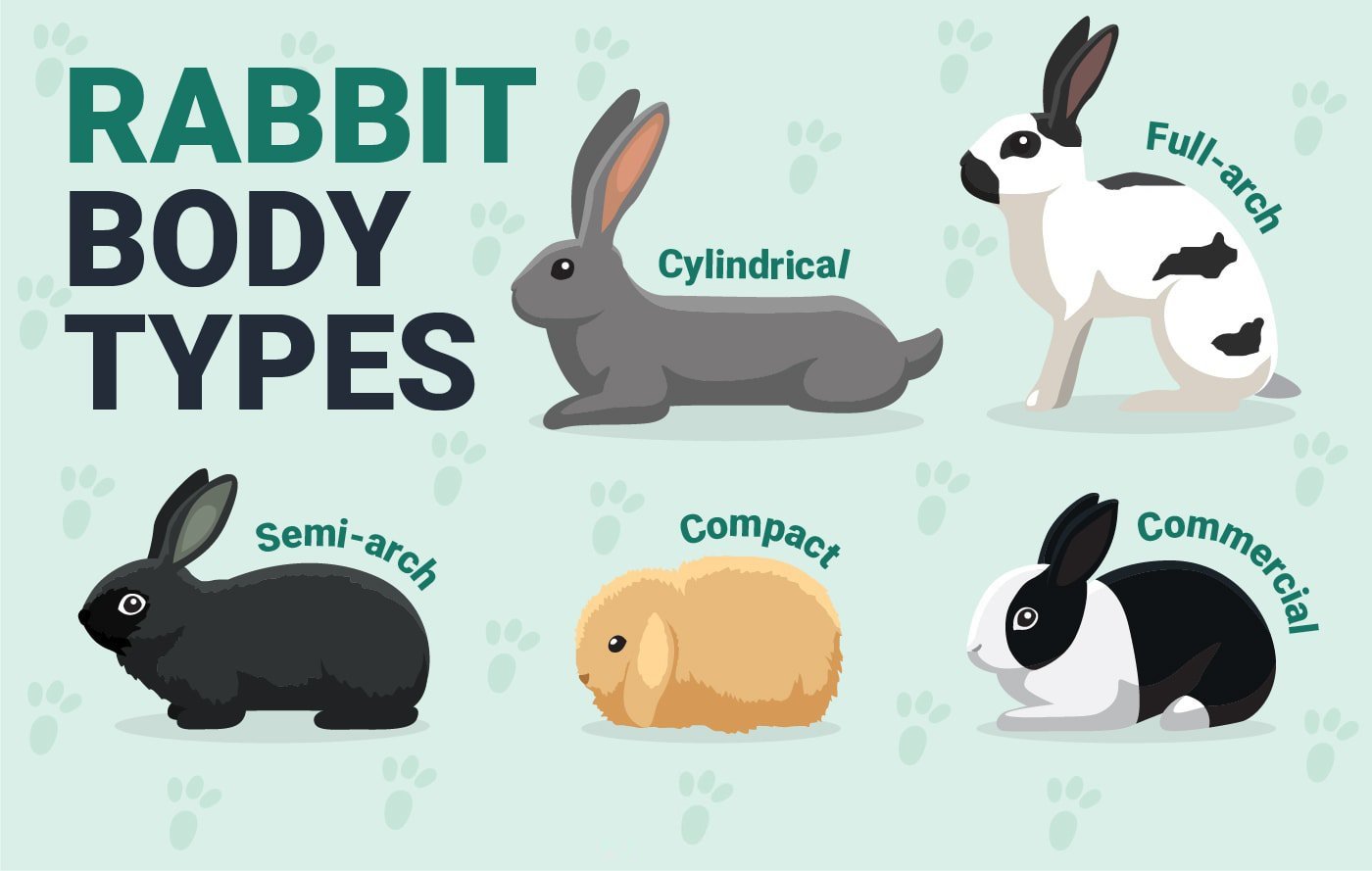
1. Fully Arched
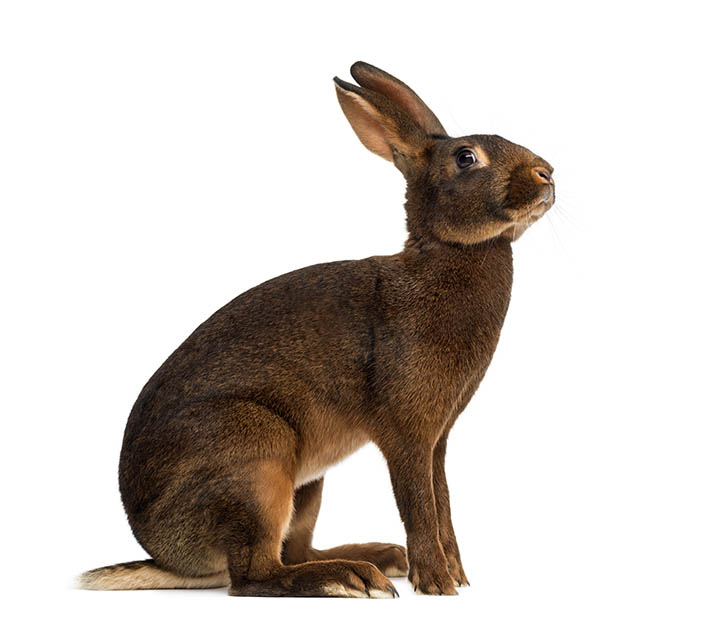
Rabbits with the fully arched body type appear to always be alert and energetic. You can see daylight under their belly because they fully stand on their feet. As their typing suggests, these rabbits have a curved and rounded back, beginning at the nape of the neck and continuing fluidly to the tail.
Many rabbit breeds of this body type have stereotypically erect ears and an athletic build.
2. Semi-arched
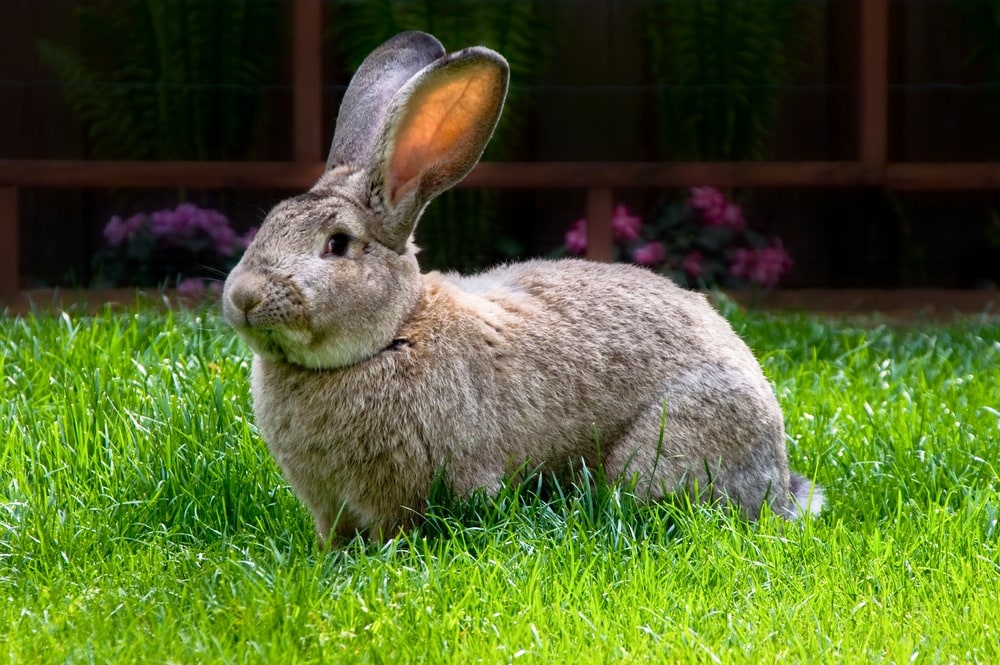
Rabbits with a semi-arched body type tend to be large. They’re often called “gentle giants” because of their size and calm demeanors. They have large, broad heads with low shoulders and high hips. Like fully arched rabbits, semi-arched rabbits have a significant back curve, though theirs begins behind their shoulders instead of behind the necks.
3. Compact
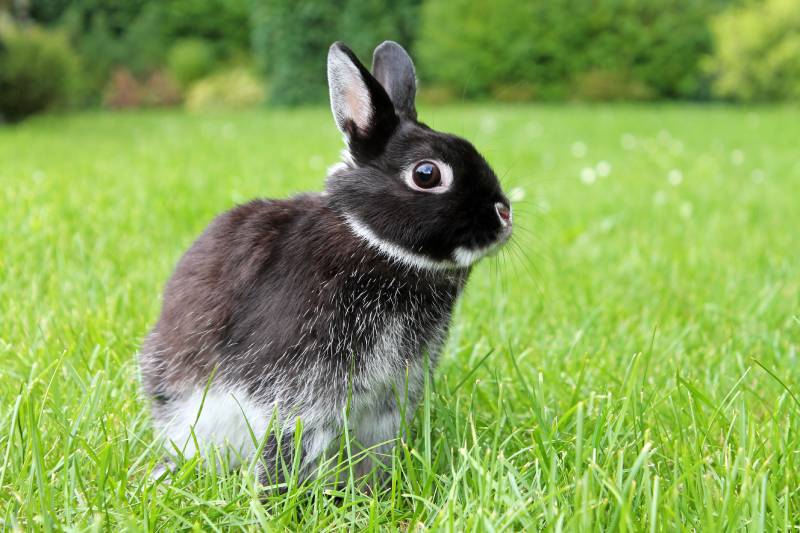
Rabbits with a compact body type are on the small side, though there are several medium-sized breeds with this shape. They are bred to be tightly constructed, round, and adorable. They’re small, stocky, and well-muscled but aren’t as bulky as some other body types. Compact rabbits are often show animals and sometimes bred for their fur.
- English Angoras
- Havanas
- Mini Lops
- Netherland Dwarfs
4. Commercial
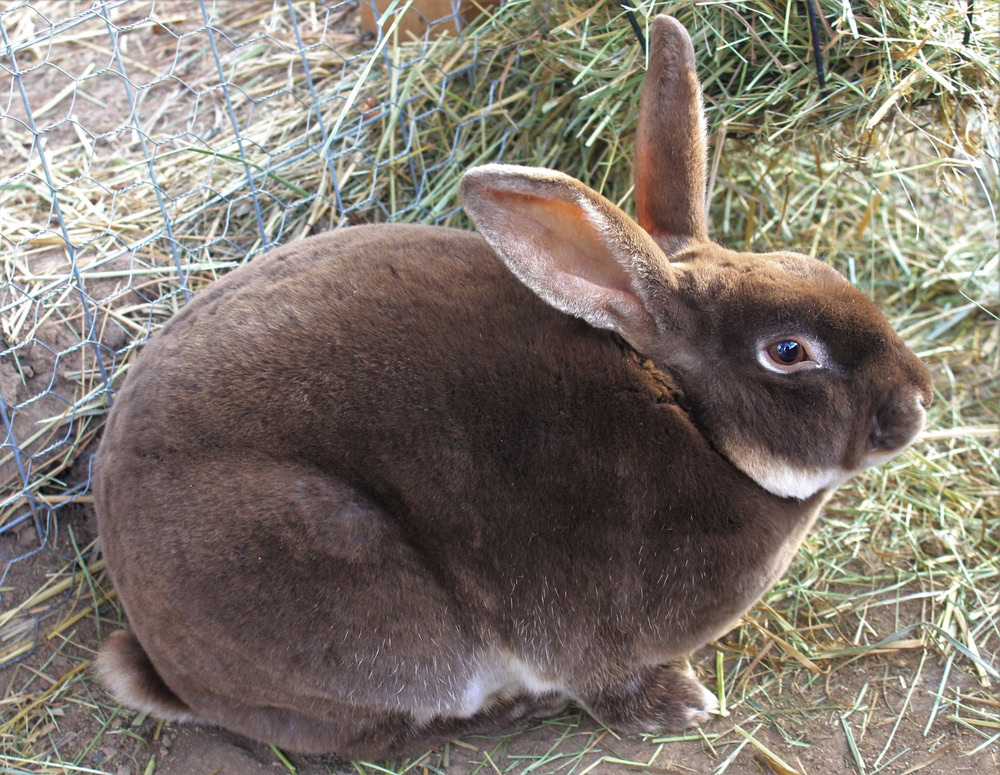
As the typing suggests, rabbits with the commercial body type are great candidates for meat production, though they are also often used for their fur. The perfect meat rabbit will gain weight fast so they can be harvested by the time that they’re 8 weeks old. They are well-muscled throughout, with much fuller bodies than those with arched body types.
- Angoras
- French Lops
- Harlequins
- Rexes
5. Cylindrical
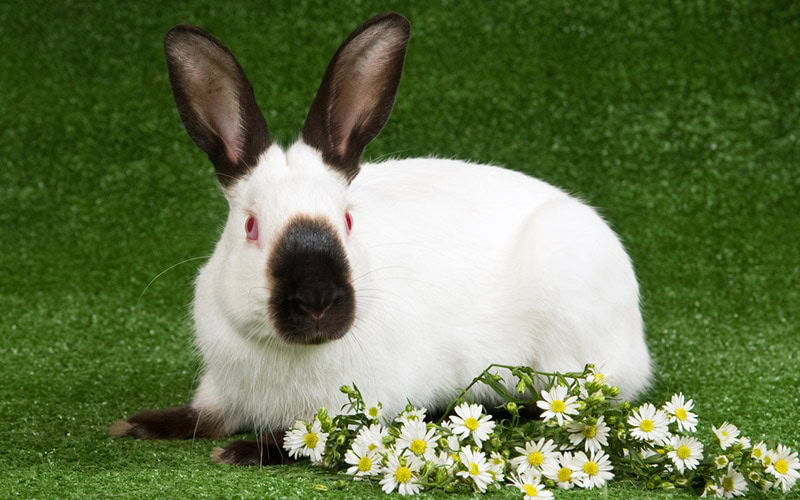
Rabbits with a cylindrical body type are round, slinky, and long. They have no clear rise to their hindquarters, which is what led to the creation of the title. When these rabbits are shown or posed, they have straight and flat spines and lie on the table in a cylinder shape.
There is only one breed with this body type: the Himalayan. These beautiful rabbits are white, with dark or dilute points, similar to those of a Siamese cat.

Are There Other Ways to Classify Rabbits?
Rabbits can be classified by their body and the type of fur that they have. There are four fur types.
- Normal. This is the most common fur type. It breaks down further into standing, fly-back, and rollback subtypes. Fly-back coats will fall back into place after being rubbed in the opposite direction of the fur growth. Rollback coats will roll back into place when you run your hand on them. Standing fur is a subtype of the flyback distinction because when stroked against the natural direction, it stands upright and remains that way until it is smoothed back down.
- Rex. Rex fur is evenly short and extremely dense with a velvet-like texture. A hair follicle of a rabbit with normal fur contains around 14 hairs, while rabbits with rex fur will have up to 50 hairs per follicle. There are only two ARBA-recognized breeds sporting this fur type: the Rex and the Mini Rex.
- Satin. Rabbits with the satin fur type have soft coats. Their unique fur structure features hair shafts with narrow diameters, providing a translucent sheen to their coats. As with the Rex classification, there are only two breeds with this fur type: the Satin and Mini Satin.
- Wool. Wool rabbit fur is sometimes also known as angora rabbit fur. It is thick and fluffy, not unlike sheep’s wool, though the rabbit’s is more dense.

Final Thoughts
Although there are further specifications within each rabbit body type, these five classifications are important to know if you plan to show your rabbit. Familiarize yourself with your rabbit’s breed and body type, as your pet’s shape will determine how they can be posed and evaluated by the judges.
Featured Image Credit: topimages, Shutterstock
